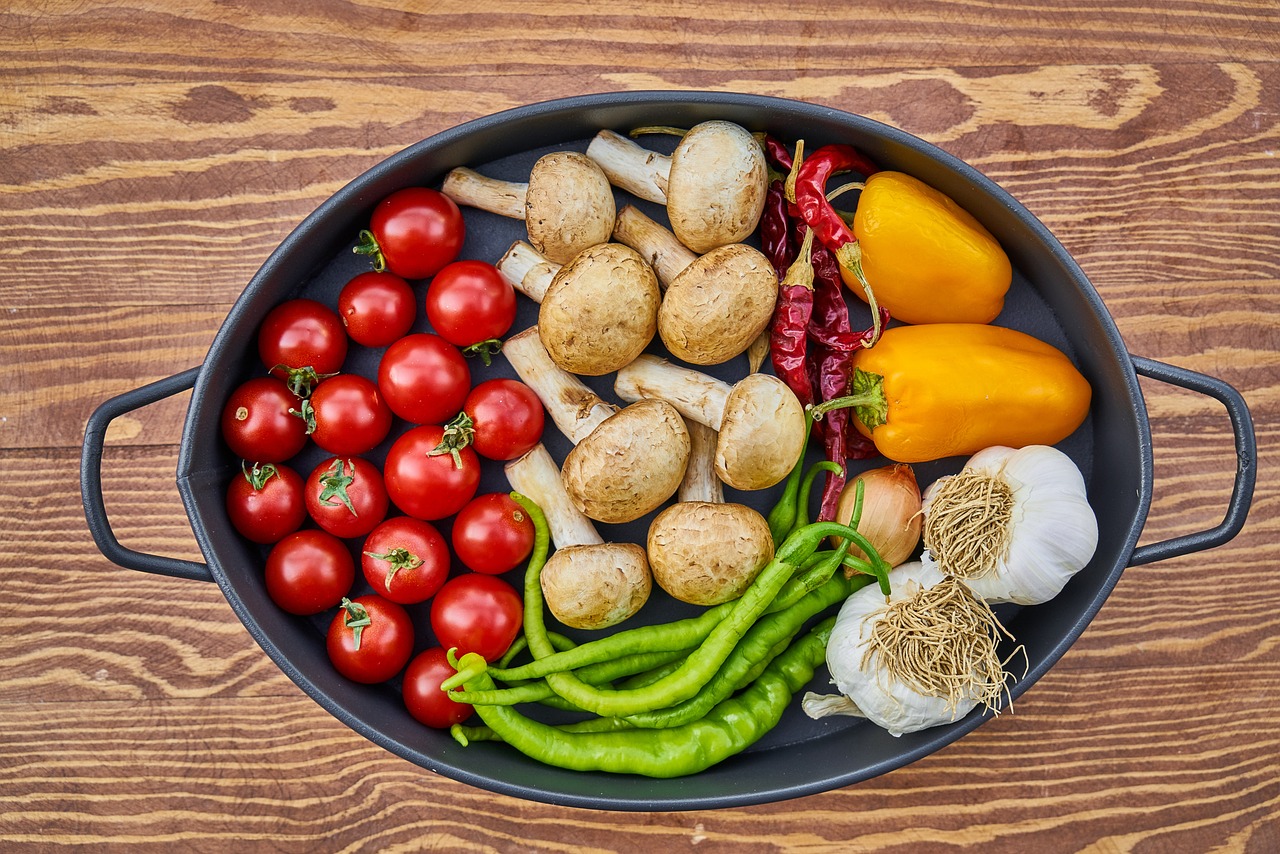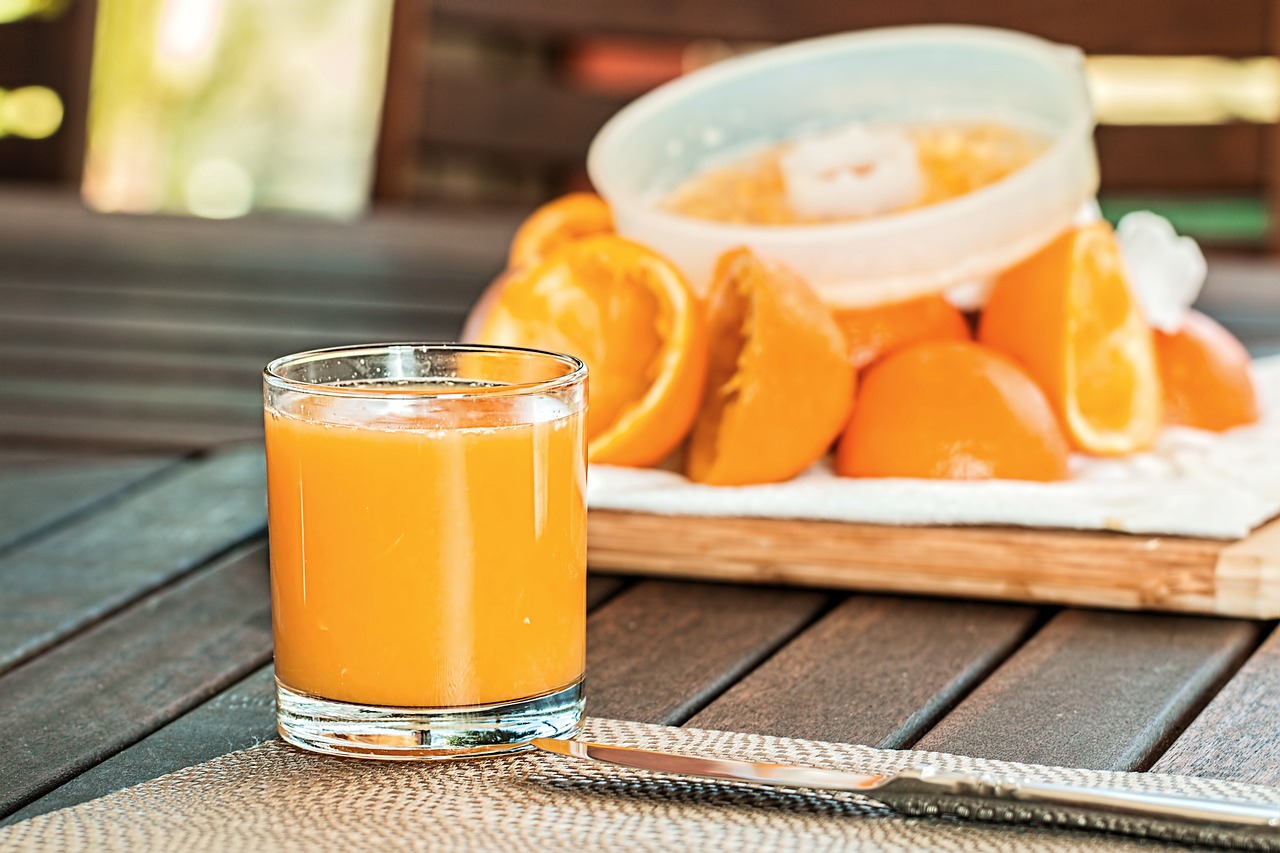Elevated blood sugar is something that many people with diabetes don’t want.
How can you lower your blood sugar when you suffer from a little bit of food?
It is also because of the need to lower blood sugar, the market appeared a variety of a wide range of sugar-lowering food.
The most widely circulated practice is that some diabetics regard pumpkin and corn as sugar-lowering drugs.
So can eating pumpkin and corn really lower your blood sugar? How to lower blood sugar scientifically? Today together to see.
Eat pumpkin, corn can really lower blood sugar?
As a matter of fact, any kind of food that has calories will raise blood sugar after consumption.
This fluctuation can be small or large, fast or slow, but it is impossible to make blood sugar go down instead of up.
The reason why it is said that pumpkin and corn will lower blood sugar is because corn and pumpkin do have ingredients in them that improve the efficacy of blood sugar, but to draw the line at it – the efficacy of a certain ingredient in a food is not the same as the efficacy of that food!
Let’s look at pumpkin first.
Pumpkin contains “pumpkin polysaccharides”, in animal experiments on blood lipids, blood glucose, blood pressure have a certain role in regulating; and, pumpkin also contains a called “pectin” soluble dietary fiber, which can slow down the absorption of carbohydrates, slow down the postprandial blood glucose Elevation.
But despite the pumpkin in the “pumpkin polysaccharide” “soluble dietary fiber” has so many benefits, every 100g of pumpkin itself has 4.5g of carbohydrates and 22 kcal calories.
Generally speaking, every 350g-400g of pumpkin is equivalent to half a steamed bun (25g of staple food) calories, these calories will eventually be converted into glucose in the body and absorbed by the body into blood sugar.
Further, pumpkin has a glycemic index of 75, which is 39 higher than apples, 32 higher than grapes, 25 higher than bananas, 9 higher than pineapples, and 5 higher than watermelons, making it a high glycemic index food.
Therefore, diabetics who eat pumpkin in large quantities, especially if the staple food is not reduced, not only will the blood sugar not be reduced, but it will make the blood sugar rise.
Pumpkin eating can still be eaten, diabetic patients in the choice of pumpkin, should choose to contain high water content, low sugar, taste sweet and palatable, vitamin C more tender pumpkin, rather than rich in sugar and starch of the old pumpkin.
And then there’s corn.
Corn is rich in polysaccharides, unsaturated fatty acids and vitamin E. Linoleic acid content is as high as 60%. Corn contains more magnesium and glutathione, and in animal experiments, these ingredients can effectively reduce the concentration of cholesterol in the blood and improve the role of insulin resistance.
However, corn also contains a lot of carbohydrates and is also a high glycemic index food. For every 100g of corn, it contains 106kcal and 19.9g of carbohydrates.
That is to say, 1 medium-sized corn with the heart of the stick, about half a fist-sized steamed bread (corresponding to 25g of staple food) of calories.
Therefore, the consumption of corn to lower blood sugar is not desirable.
To summarize, the effect of a certain highly concentrated extract in food is not equal to the effect of food! Relying on food to lower blood sugar is not reliable.
What other foods also do not lower blood sugar?
Buckwheat: buckwheat is rich in bioflavonoids, sugar alcohols, D-chiral inositol, anthocyanins and other active ingredients, in the anti-tumor, antioxidant and scavenging free radicals, prevention and treatment of cardiovascular and cerebral vascular diseases, improve the function of the pancreatic islets and the regulation of blood glucose, lipids, blood pressure and other aspects of the effect is remarkable.
But to eat buckwheat to achieve the effect of lowering sugar is not reliable.
It is recommended that buckwheat counted into the total amount of staple food a day, about 50g-100g per day.
Buckwheat: Some studies have suggested that rutin in buckwheat can regulate insulin activity, to help lower blood sugar, but the rutin content of buckwheat is very small, daily dietary intake of the dose can not lower blood sugar.
Bitter melon: Bitter melon saponin extracted from bitter melon has an insulin-like effect in animal experiments and can assist in lowering blood sugar.
However, the extraction process of bitter melon is exceptionally complex, and if you eat bitter melon directly, you cannot lower blood sugar.
It is recommended to count bitter melon into the total amount of vegetables in a day, about 50g-200g per day.
Okra: Okra contains some soluble dietary fiber, which is a good vegetable choice for diabetics.
However, it is unrealistic to think that consumption of okra can achieve the effect of lowering sugar.
Silver fungus: Silver fungus polysaccharide in silver fungus can significantly reduce the blood glucose level of tetraoxypyrimidine diabetic mice, can also significantly reduce the blood glucose content of hyperglycemic animals and normal animals, and increase the level of serum insulin.
However, there is no evidence that daily consumption of ginkgo can lower blood sugar.
It is important to note that although the above foods cannot lower blood glucose when consumed directly, they should be eaten to achieve a balanced diet, considering that they are rich in a variety of nutrients.
How to lower blood sugar scientifically?
First of all, food intake throughout the day, not only to meet the needs of energy consumption, but also pay attention to nutritional balance, such as protein, vitamins, minerals, dietary fiber and so on.
The calorie distribution of three meals a day for diabetic patients is recommended: 1/5 for breakfast, 2/5 for Chinese food, and 2/5 for dinner, with carbohydrates, fats, and proteins in each meal, and in a fixed ratio.
Food intake should be timed with medication and exercise.
For diabetic elderly people with wasting, special attention should be paid to increasing the intake of high-quality proteins, such as meat, eggs, milk and beans, and at the same time strengthening physical exercise, so as to avoid the occurrence of malnutrition and sarcopenia caused by overly strict dietary control.


